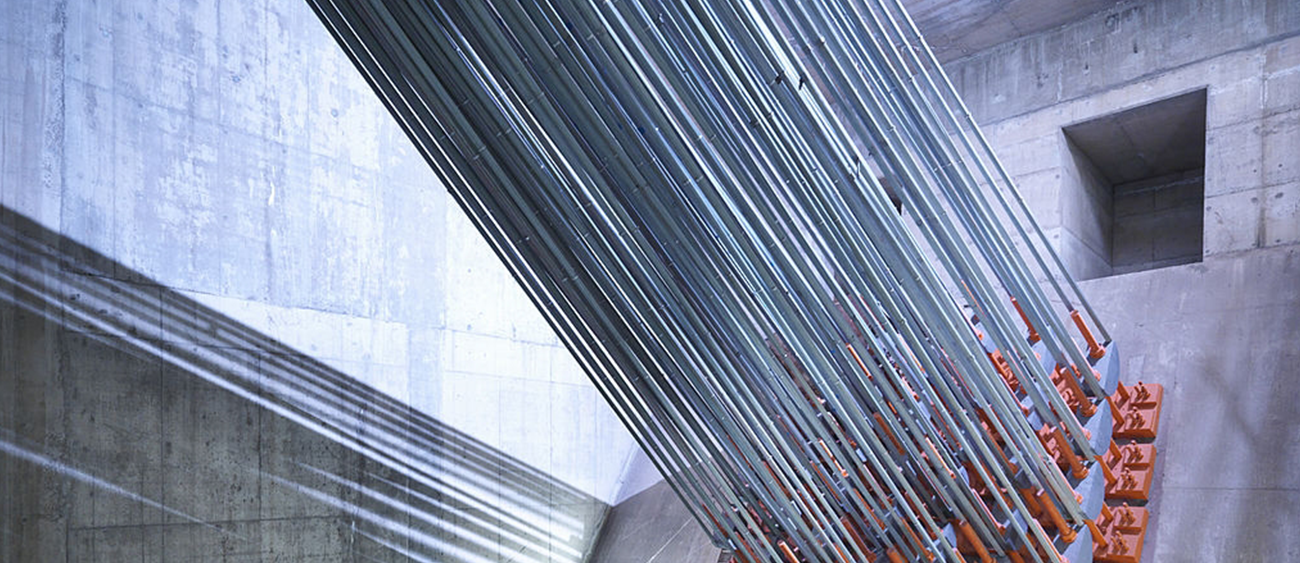
Expansion of 5 Motor Vehicle Inspection Stations
The New Jersey Motor Vehicle Commission expanded five of its vehicle inspection stations - located in Lakewood, Freehold, Randolph, South Brunswick, and Flemington - into new 7,000 SF facilities in order to offer a wider range of key services to customers, including driver road tests, permit and license processing, vehicle registration, title transfers, and license plates issuance and exchange.
Per Federal and state regulatory requirements, we completed an Environmental Impact Statement (EIS) for each facility to ascertain any harmful impacts the expansions and resulting increases in customer traffic would have on the local environment. Each EIS was performed in accordance with National Environmental Policy Act (NEPA) Part 1508.9, and included an analysis of existing site conditions such as: environmentally sensitive areas, topography, geology, vegetation, groundwater, surface and potable water, sewerage facilities, drainage, erosion hazard, and traffic. Further, we provided a soil classification and Comprehensive Environmental Response, Compensation, and Liability Act (CERCLA) analyses. Our recommendations on the anticipated environmental impact encompassed land use, groundwater, surface and potable water, air quality, wildlife habitat, social and economic effects on the community, noise, solid and other waste, cultural activities, aesthetics of the project area, archaeological and historic sites, drainage, erosion, and traffic. In addition, our report detailed long-term environmental effects, evaluation of unavoidable impacts, mitigating adverse environmental impacts, and alternatives to the proposed improvement.
To prepare the sites before and during construction, BANC3 provided extensive civil engineering designs. These designs include stormwater management, grading, septic systems, water distribution, sanitary collection and treatment, soil erosion control measures, wetlands delineation/mitigation, facility security, utilities, parking lot and road layout, demolition specifications, and permitting. In addition, we conducted land surveying, environmental impact assessments, and environmental site investigations for all five sites. Boundary and topographic surveys identified the dimensions and physical features of the property, attributes that engineers required to complete their designs, and construction crews will need to verify proper placement of buildings, driveways, and related facility features. Property lines and all easement and right-of-way surveys were established and monumented.